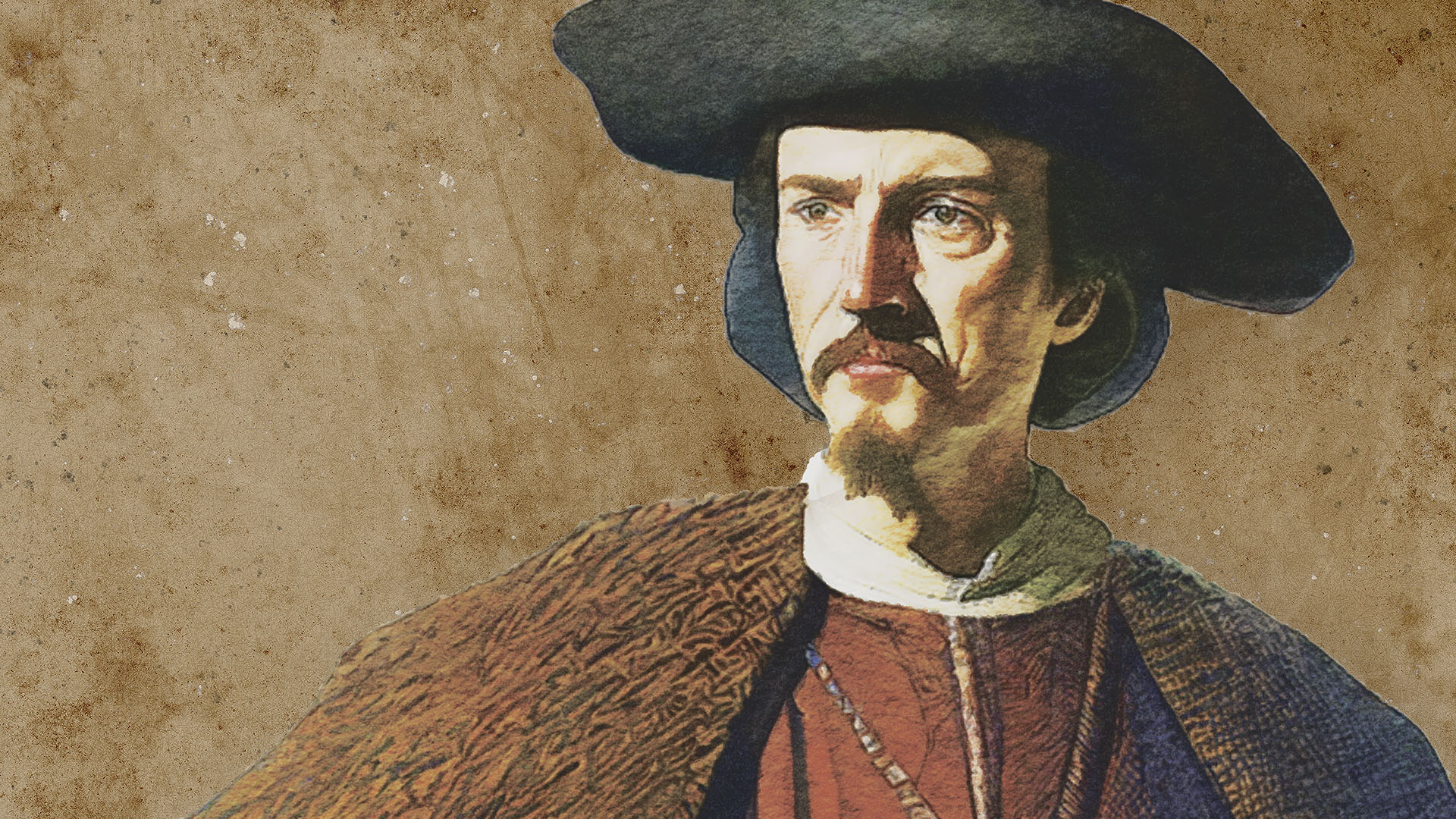Pêro de Teive was an illustrious resident of the parish of São Pedro, who was a clerk and had a decisive role in the elevation to town of Ponta Delgada and in its affirmation as the main urban centre of the island of São Miguel.
It was Pêro de Teive’s initiative that led to the opening of a small harbour which became the main port on São Miguel Island, to the detriment of the irregular port area of Vila Franca do Campo, thus causing the development of Ponta Delgada and its elevation to town by King D. Manuel in 1499.
In order to find a place with better conditions for ships to dock on the island, due to the dangers and difficulties of its rugged and steep coastline, mobilising the population of the parish of São Pedro, Pêro de Teive undertook the sacking of the inlet that opened up near the fishing quarter of São Pedro. That cove quickly became the main port of the island.
Due to its fundamental role for the emergence of its anchorage, and consequent urban and demographic development of Ponta Delgada, until today the place of that cove, located in the parish of São Pedro, is designated as Calheta Pêro de Teive. Calheta, located in the area between Rua do Calhau and the old Ribeira Grande road, was, in the meantime, filled in and urbanized.
Pêro de Teive was also the first to write a missive to the Portuguese monarch requesting the recognition of Ponta Delgada as a town, thus promoting its autonomy from Vila Franca do Campo.
In the following decades, Ponta Delgada grew significantly, in inverse proportion to the decline of Vila Franca do Campo. This situation was fostered by the installation of the Customs House in Ponta Delgada in 1518, and by the violent earthquake that devastated Vila Franca do Campo in 1522, causing the transfer of a significant part of its inhabitants to Ponta Delgada, which became a city in 1546.
Pêro de Teive
